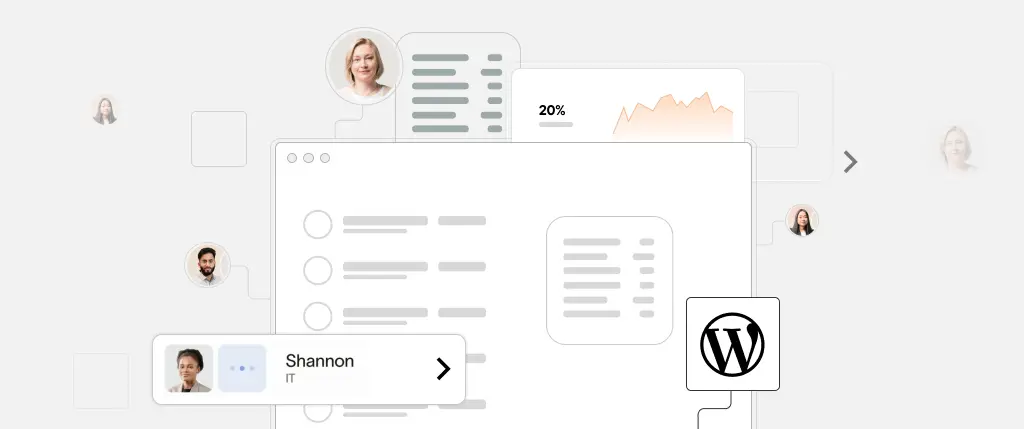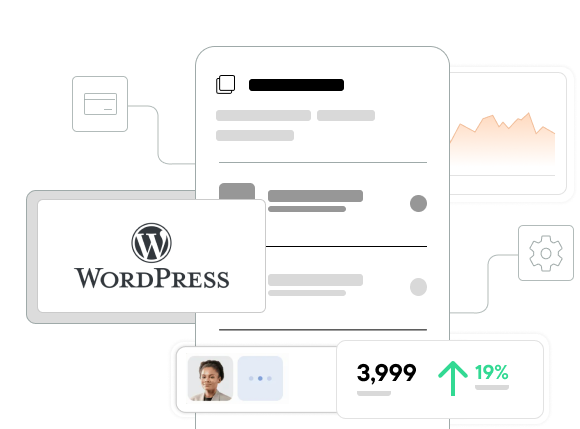User-friendly web surfing experiences are paramount. And so are innovative, eye-catching designs and layouts.
It may seem a conundrum to both have your cake and eat it, but the Gutenberg editor is transforming the ways that agencies can create outstanding client projects on WordPress, more visually appealing and highly functional websites like never before.
This comprehensive guide aims to assist digital marketers, content creators, design agencies and developers with the tricks of the track to use Gutenberg to its full potential.
Get endless combinations
There’s been a shift away from traditional editing capabilities, namely as they’re confined by limitations. A modern agency needs flexible streamlined tools that are easy to use by any team member. This is where Gutenberg’s building bricks for websites come in.
At its core, Gutenberg relies on these content blocks – text, images, videos, or other custom content – where each it its own self-contained elements offers a specialised toolset and control system. This modularity has several implications:
- A streamlined UI, with less clutter and a more focused environment for content creation.
- Blocks can be saved as templates, and therefore endlessly reusable across different pages (or even other websites!)
- A block’s functionality is distinct and well-tailored to their use case, simplifying the process of adding complex elements to a page.
These humble components might not seem revolutionary at first glance. But with endless combinations at your disposal to customise every block, that has a domino effect across the whole page and wider site. So long as they’re all representative of your branding, messaging, and value drivers for clients.
How to best leverage blocks for creative design
Users can go further to start crafting enterprise-level digital experiences on a par with top-notch designers, as Gutenberg’s block system means designs look appealing, but also function properly to offer users a seamless browsing experience.
Here are some tips to achieve a balance of aesthetics and UX.
- Be consistent: Establish an enterprise design system (EDS) with reusable block styles to maintain a holistic, well-branded look across your site.
- Ensure responsiveness: Previewing designs across various screen sizes is recommended to see if they can adapt well to any device a user may surf.
- Get user feedback: A design process can always gain valuable input from the end customer to iterate and improve.
With a diverse block structure also comes multiple paths to personalise your web pages; a pertinent way to boost trust in your brand. Always remember to consider performance implications, especially on mobile devices or older browsers.
- Show your identity: incorporate brand-specific colours, typography, and spacing to keep everything uniquely ‘you’.
- Think about the user first: blocks should specifically cater to your user’s needs, whether it’s for current trends or specific interaction requirements.
- Keep it consistent with existing platforms: If your client’s website is part of a larger digital ecosystem, ensure that the design can be replicated across all platforms.
Sometimes, the out-of-the-box options don’t cut it. Custom blocks add a level of sophistication (which used to be far more tricky with complex and time-consuming custom code), and can be planned accordingly:
- Client requirements: work closely with the client to list down specific needs that aren’t accommodated by the standard blocks on offer.
- Competitor analysis: what are the other big players in the industry doing right now? Can a unique block help your client stand out from a crowd?
- Future-proof: if the custom block can be repurposed for future projects, scalable solutions save time and money down the line.
- Learn the syntax: familiarise yourself with the basics of creating a new block – it’s mostly based on structured JavaScript.
- Continuous education: Stay updated with the latest block developments and trends via WordPress communities and online resources.
- Plugins: simple integrations such as Advanced Custom Fields (ACF) can simplify the block creation process further.
Remember to think about specific functionality for certain clients – no two are the same after all!
- Interactive maps and charts: invaluable for clients in data-heavy sectors, including finance.
- Custom contact forms: tailoring contact forms to suit a specific industry or use case is a significant UX improvement.
- E-commerce blocks: we all use online shops, so think about how your favourite e-commerce sites help your experience with custom buttons or product showcases.
As you can see, Gutenberg has truly democratised the web design process, giving everyone from seasoned developers to content creators the tools to craft compelling online experiences. In a time where personalised engagement is more critical than ever, the ability to create dynamic, user-centric websites is a skill well worth honing.
For any further queries you may have about Gutenberg, our team is here to help – contact us today!




